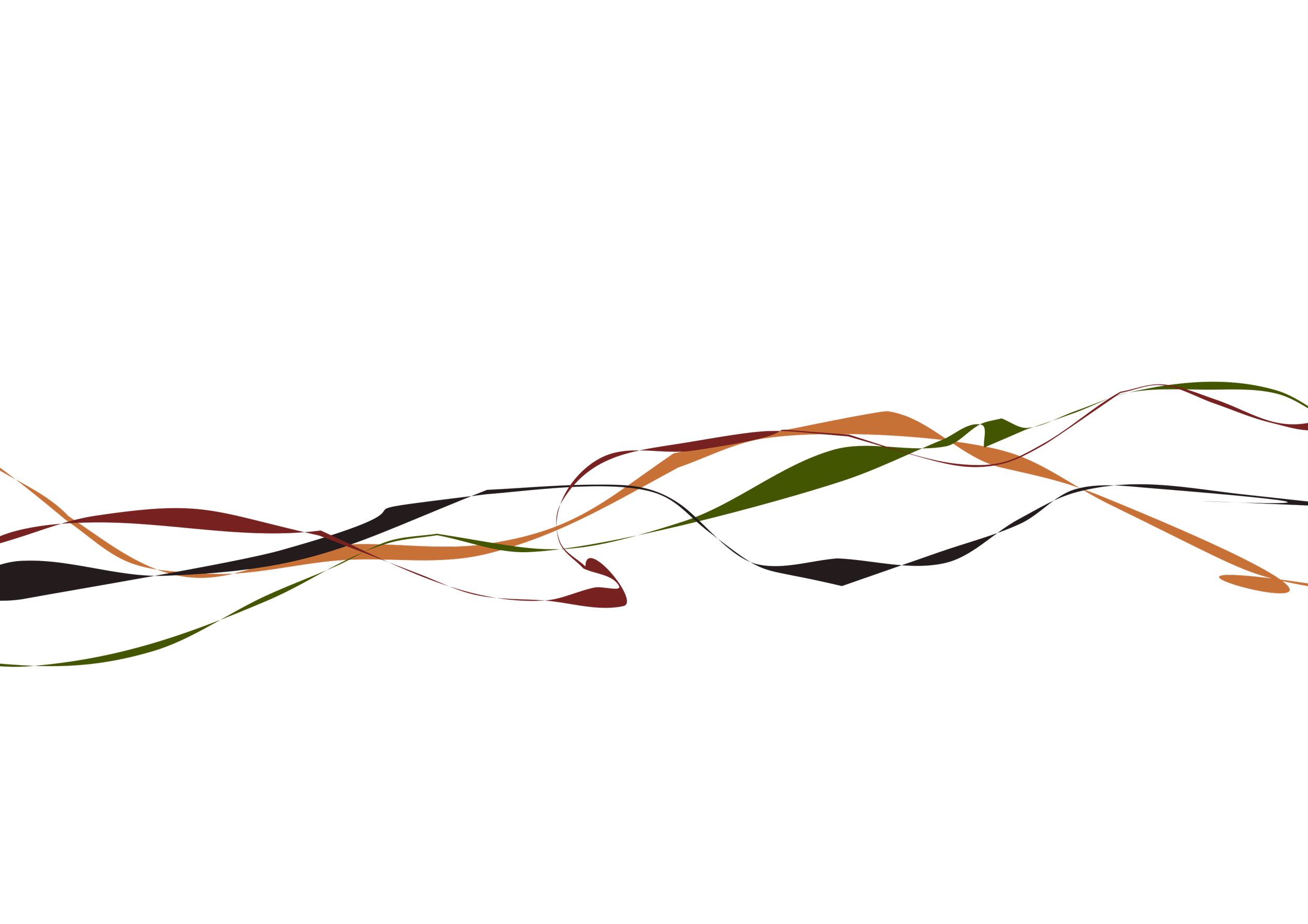Speak
by David Kjellin
Speak is an attempt to explore the limits of language, but also the borderland between image and word: The moment just before/when language could be born. And something not quite an image, not quite a text leaves both the reader and the writer in a state of uncertainty, an invitation to create new meaning.
Leading up to Speak, I had looked at this from the other end: the moment just before language collapses into something beyond recognition and noise. For example in Latent possibilities, which uses an elaborate set of rules to black out the text of scholarly articles and 103 translations in which I use machine translation, repetition and text layers to filter and transform an original short story.
But also, the start is just a whimsical question: What would speak speak if it spoke? But a whimsical question can have a serious answer? Perhaps it’s a cute question, but not harmless. It doesn’t belong in the office. So the idea is that speech bubbles could have a language of their own. When the letters leave the scene, what remains? Speak without subject, without a subject, speaking without a given sound. The obvious answer to the question is “nothing” and perhaps speech bubbles should just be considered placeholders for communication, text and languages, but of course they turn into something more once given the chance. It’s a bit like the koan “the sound of one hand clapping”, ironically it’s quite possible to clap with one hand and produce a sound (give it a try!).
A second inspiration was to use something common to the modern office: a word processor program. But to use it in the wrong way. In this I was inspired by early xerox art which repurposed a different office technology for art making purposes. Also the speech bubble is a very common language symbol, mostly used in comics, but it felt heavily underutilized in visual poetry (even though there are some really inspiring pieces by for example Canadian visual poets bpNichol and Gary Barwin).
In my word processor program there are three different types of speech bubbles. Therefor these became the foundation for the creation of my speech bubble language. They formed a minimalist set of rules, a primitive alphabet, a kind of office cubical.
Sometimes forming patterns, sometimes images: Is a way of speaking itself born from this movement, this “primordial soup”? Chances are slim but persistent. The speech bubbles sometimes coalesce into something close to lines, repetitions that feed the idea or superstition that within this constrained universe speak is actually speaking. Our very human impulse to always look for meaning, our limitless potential for connection. So this is really just speak speaking in a language reminiscent of both a haiku and a data dump.
Speak was published by Timglaset Ltd. in 2022
About the poet
David Kjellin is an artist and writer based in Gothenburg, Sweden. His work has appeared in exhibitions and publications such as top dead a dictionary (Viktlösheten, 2024) and On progress (Paperview, 2022). He is co-editor of Viktlösheten press.





